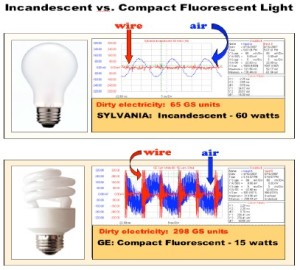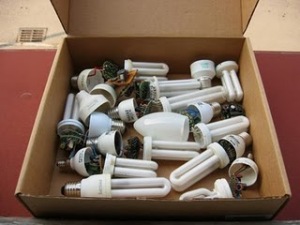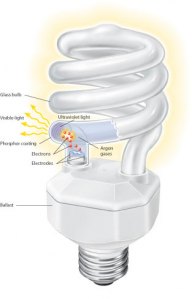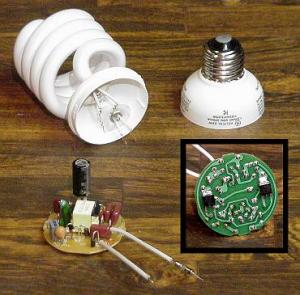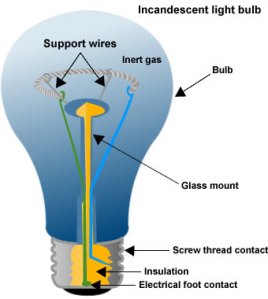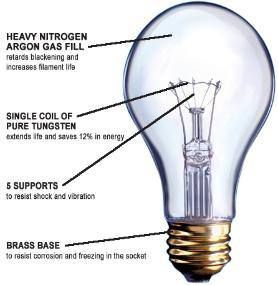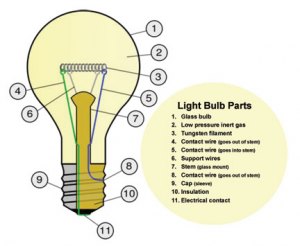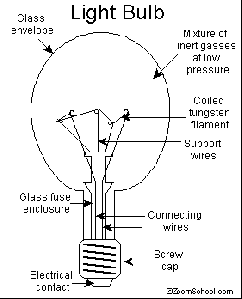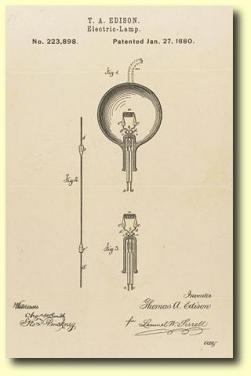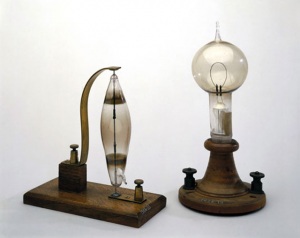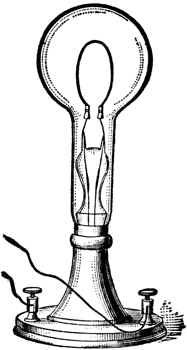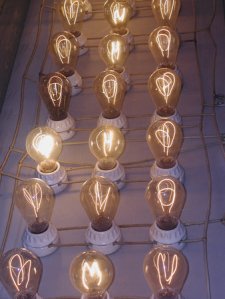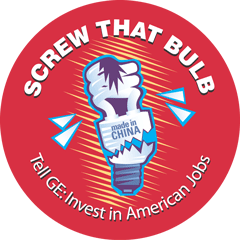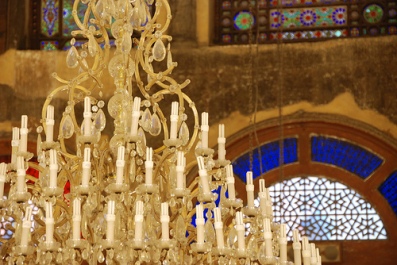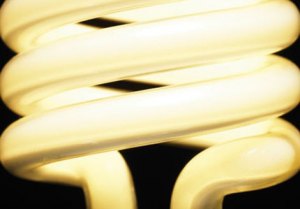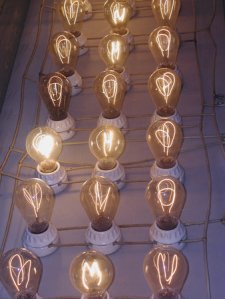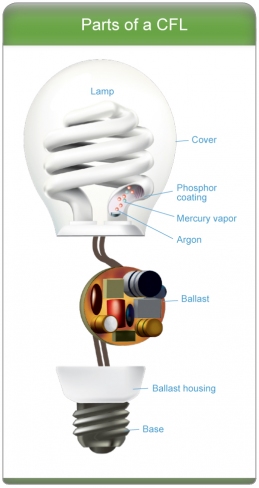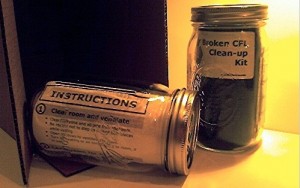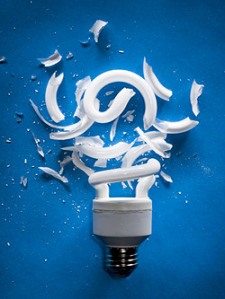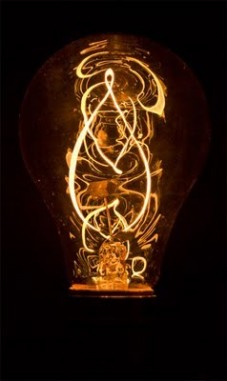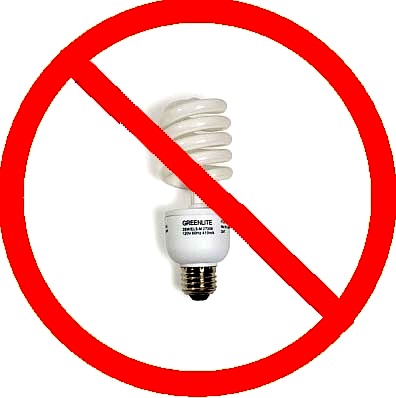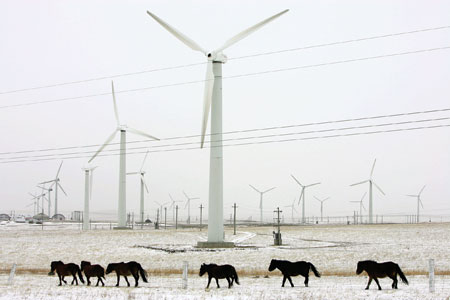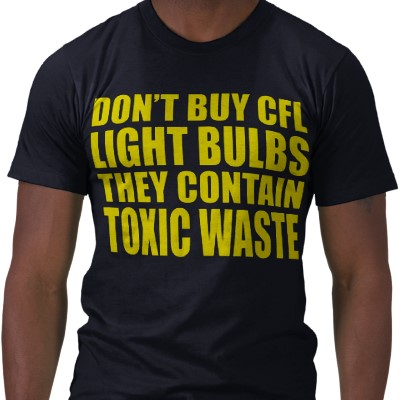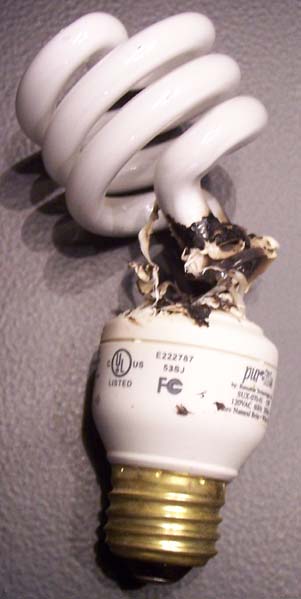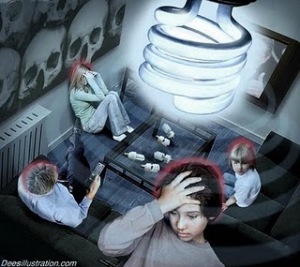
image via mediamonarchy.blogspot.com/2010/01/biowarsenvirohealth-updates-cfl-wv-hiv.html
Is it constitutional for the government to force us to purchase something that can ultimately lead to our demise? It’s what the EPA admits will happen if we’re fool enough to contaminate our own water supply with these dangerous CFL bulbs that are being pushed on us, for some, under duress.
I’d love to hear your thoughts on the subject of CFL bulbs. I may be repeating myself but the facts are still the same. In the not too distant future, the ‘government’ is going to mandate by law that we purchase CFL bulbs, and make the innocent incandescent illegal. ‘They’ proclaim these bulbs are the almighty solution when they’re actually causing more harm than good.
Light Bulbs are Dumping Mercury Directly into Landfills via Natural News: naturalnews.com/z028034_mercury_compact_fluorescent_lights.html
Many people are complaining of seizures and headaches when under these bulbs. Most studies brush these individuals off as inconsequential.
Here’s an excerpt from one study on the health effects of the CFL bulbs:
magdahavas.org/2009/10/10/energy-efficient-light-health:
The newer compact fluorescent light bulbs generate radio frequency radiation as well as ultraviolet radiation (see Figure 1) and many still generate heat although less of it. These frequencies (RF3 and UV4) have been associated with adverse health in numerous peer-reviewed scientific studies and a growing number of people are complaining that these bulbs make them ill. Instead of promoting compact fluorescent light bulbs, governments should be insisting that manufacturers produce light bulbs that do not produce radio frequency or UV radiation and that are safe for the environment and for human health.
It’s not too late to stop what could be a worldwide tragedy. These bulbs have been subtly ingrained into our international sub-conscious as being good for the environment even though they’re ALL made in China. Companies like GE closed ALL their light bulb factories in the US and moved production overseas. These bulbs are considered toxic and hazardous (by the EPA) once they burn out or break, have excess plastic packaging, increase Mercury and coal production, have no warning labels and have to be taken to a Toxic Dump to recycle them IF they’re not broken. If they break, it’s your problem.
And we’re being convinced they’re ‘Green’.
The EPA acknowledges these bulbs will contaminate the water supply if not disposed of properly. We’d don’t even have recycling in most of Miami Beach. Where will these go?
Please educate yourself about the negative global effects these have on the planet from job losses to becoming toxic, hazardous waste once they break or burn out. The footprint and losing American jobs alone is enough for me, but the disposal and the hazards they pose to our water systems is too enormous to ignore.
We have a choice to not blindly accept that changing to these light bulbs is the right thing to do. Please look into the additional Mercury production that the hundreds of million of these has fueled. Hundreds of millions of these have already been sold with no place to dispose of them as very few town have Toxic Waste dumps and the ones that do won’t take broken bulbs. To put that number into perspective, only 200 million Frisbees were sold since they’re debut in the 50s.
PLEASE boycott these until every single town either has a pickup program or there is a Toxic Waste facility in all towns that don’t have Ikea or Home Depot (those are two places that will recycle them, if you or your neighbors bother to double bag them in plastic and drive them over…if they’re not broken…if they’re broken, it’s your problem).
Thank you for keeping this topic alive and making your own decision, not being forced to buy things through a government deal with GE and China.
The simple light bulb has become a global environmental issue. It was the perfect choice to villainize, since every room in every country no matter how large or small, needs one.
But they are ALL are made in China, and are comprised of so much additional production, mercury, packaging, and special disposal needs that they are anything BUT green.
GE closed all light bulb factories in the US and moved all China after receiving a stimulus package.
The EPA says they WILL contaminate our water supply if disposed of improperly.
It used to be so simple.
And started with just an idea.
Most of the best ideas are the simple ones.
But somewhere propaganda got the better of us.
And we’re told to believe the fluorescent bulbs are the better choice.
So many people claim that they use ‘less energy’. But the footprint alone is enormous, not to mention the packaging and disposal. For what? To save a few watts? All that is heresay anyway, no one can actually measure that, and what is it measured against if you breakdown this giant footprint? Anything can be spun and this is the most blatant case of that I’ve ever seen in my lifetime. If you were to measure the pollution these bulbs leave in their wake, from the factory to the landfill, you’d find they’re not at all line with protecting the environment. In fact, they are harming it in hundreds of small ways, including adding to the demand for more coal production due to the increased need for mercury.
They’re designed to burn out whereas so many of the original bulbs are still burning bright. How did we get brainwashed?
The only way to snap out of it is to boycott before it’s too late and regular bulbs are ‘illegal’. Otherwise this ‘energy efficient’ invention could be the demise of our water system.
Boy I hope I’m wrong and these bulbs will change everything, they’re going to bring back jobs, and save the environment. That the new Toxic Waste Dumps will be pretty and efficient. That the excess packaging will be recycled and the double bags needed to dispose of them will be biodegradable. I hope that even though you have to throw away anything that they fall and break on, that it won’t be that much extra garbage in the landfill, and that everyone who has one of these knows the hazards and disposal recommendations even though it’s not printed on the package. I hope that places like Cuba or Guam or even Miami set up recycling plants that you can drive somewhere to dispose of what is now considered Hazardous Waste, responsibly.
But wishing and hoping isn’t going to make it happen. We have the warning right in front of us but we don’t see it. Why?
EPA warning:
http://www.epa.gov/waste/hazard/wastetypes/universal/lamps/faqs.htm#11
These bulbs have lasted decades. How long does a CFL last? Take a look at GE and see how ‘green’ they really are an what may be behind this.
